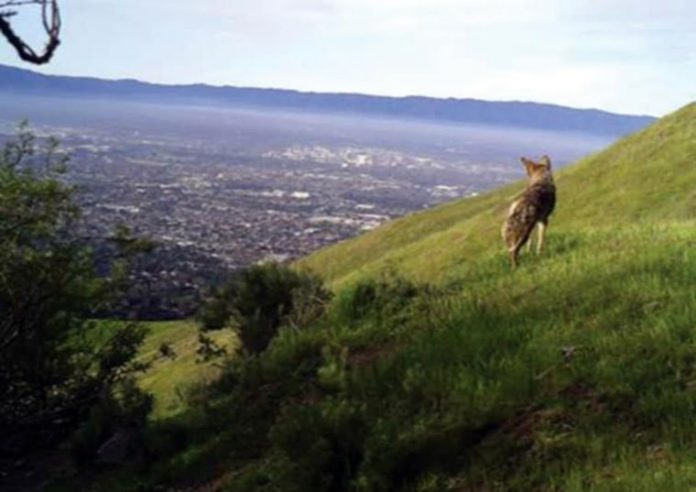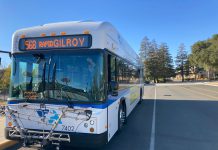Human beings have too often been short-sighted when it comes to protecting the earth’s resources. In our defense, fresh air, clean water, wildlife and land often disappear slowly and their absence isn’t noticed until it’s too late. Also, it’s difficult to plan ahead when it appears that doing so will require us to change the lifestyle we’ve grown accustomed to. We enjoy large homes and easy access to supermarkets, big box stores and restaurants. The now-growing economy means we will need more homes and apartments for people to live in. Why not build on that lovely hillside, the one with the old oak trees and that great view of the valley?
I don’t think anyone can deny that one of the things that makes living in this area so wonderful is the easy access to places to hike, bike and hang out in the fresh air on a beautiful day. Without informed land-use planning, however, those areas will disappear—along with the clean water and wildlife habitat they encompass. Fortunately, the Open Space Authority of the Santa Clara Valley works hard to protect the precious resources of this valley for future generations.
The OSA was envisioned in the late 1980s by a concerned group of valley residents who were dismayed by the rapid development they saw, and was approved by the voters and authorized by the legislature in the early 1990s. Its mission is to “conserve the natural environment, support agriculture and connect people to nature by protecting open spaces, natural areas and working farms and ranches for future generations.”
Funded by a modest $12 per year parcel tax, and supplemented by state, federal and foundation grants, the OSA acquires and maintains open space lands in order to protect greenbelts, natural resources and agricultural lands. Many of these properties are open to the public for hiking, biking, and even horseback riding. Others (for example, Coyote Ridge) are open to the public when accompanied by an OSA docent, due to presence of endangered species on the property. Since its inception, the OSA has protected more than 16,000 acres of open space, agricultural lands, watersheds and wildlife habitat.
But big changes are anticipated and the pressure to develop what is now open space and agricultural property is tremendous.
The OSA has developed and just released its formal conservation vision for the next 30 years. Called the Santa Clara Valley Greenprint and created in consultation with city planners, scientists, stakeholders and other community leaders, it is an attempt to “identify the highest priority geographic areas in the region for conservation and provide strategies for land acquisition and natural resource stewardship.” Six of the 10 “conservation focus areas” are located near Morgan Hill and Gilroy.
Among the areas in critical need of preservation are upper Coyote Creek, a primary source of water flowing into Anderson and Coyote reservoirs; the southern Santa Cruz mountains, which offer refuge to rare plants and animals and provide recreational opportunities; and Sargent Hills’ streams, which provide habitat for the California red-legged frog and steelhead trout, and are located within land providing wildlife linkages between the Santa Cruz mountains and the Diablo range. In addition, the Greenprint calls for protection of the Upper Pajaro River, which is home to a diverse array of wildlife and is important for agricultural viability and flood control; and Pacheco Creek, which also provides habitat for a number of protected creatures.
But the OSA not only protects areas most people have to drive to in order to enjoy, it prioritizes urban open space areas, such as local parks, community gardens and greenways connecting people to nearby schools and parks. Many studies have shown a direct link between diseases such as osteoporosis, diabetes and obesity and the lack of access to parks, bike trails and safe walking paths.
All of the areas envisioned by the Greenprint as in critical need of protection—or which have already been protected—are important not just for our physical well-being. Nature and natural landscapes are an economic asset to our community. Think of the revenue that our farms and ranches bring to our communities. Think of the increase in property values resulting from proximity to open space. Think of our priceless quality of life.
Unless we want to see 1970s-style development in the 21st century, it is important that we support the collaborative, foresighted efforts of the OSA to preserve the land and resources we value, and which will likely be lost forever if not protected now.
More information can be found at openspaceauthority.org.
Amy Randall Yee has lived in Santa Clara County for 35 years and has volunteered at WERC for six years. She is also the President of the Board of Directors of WERC.













